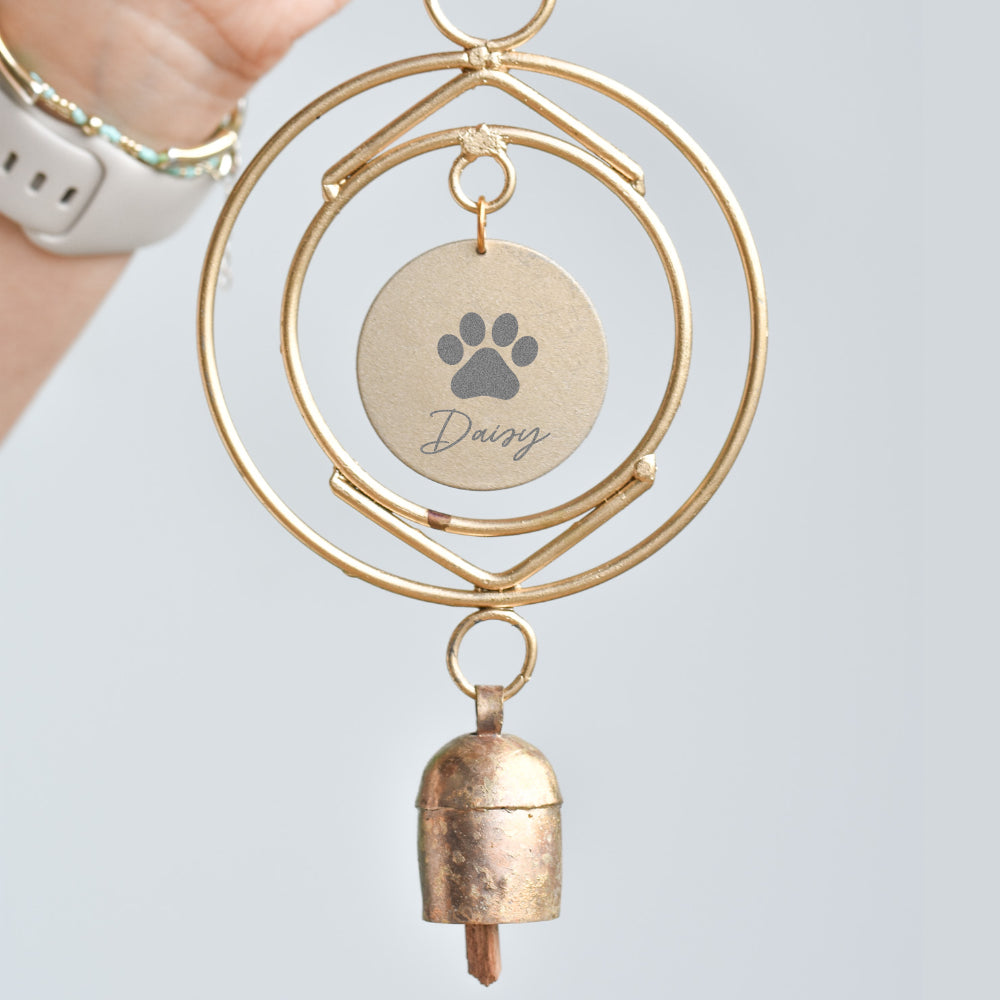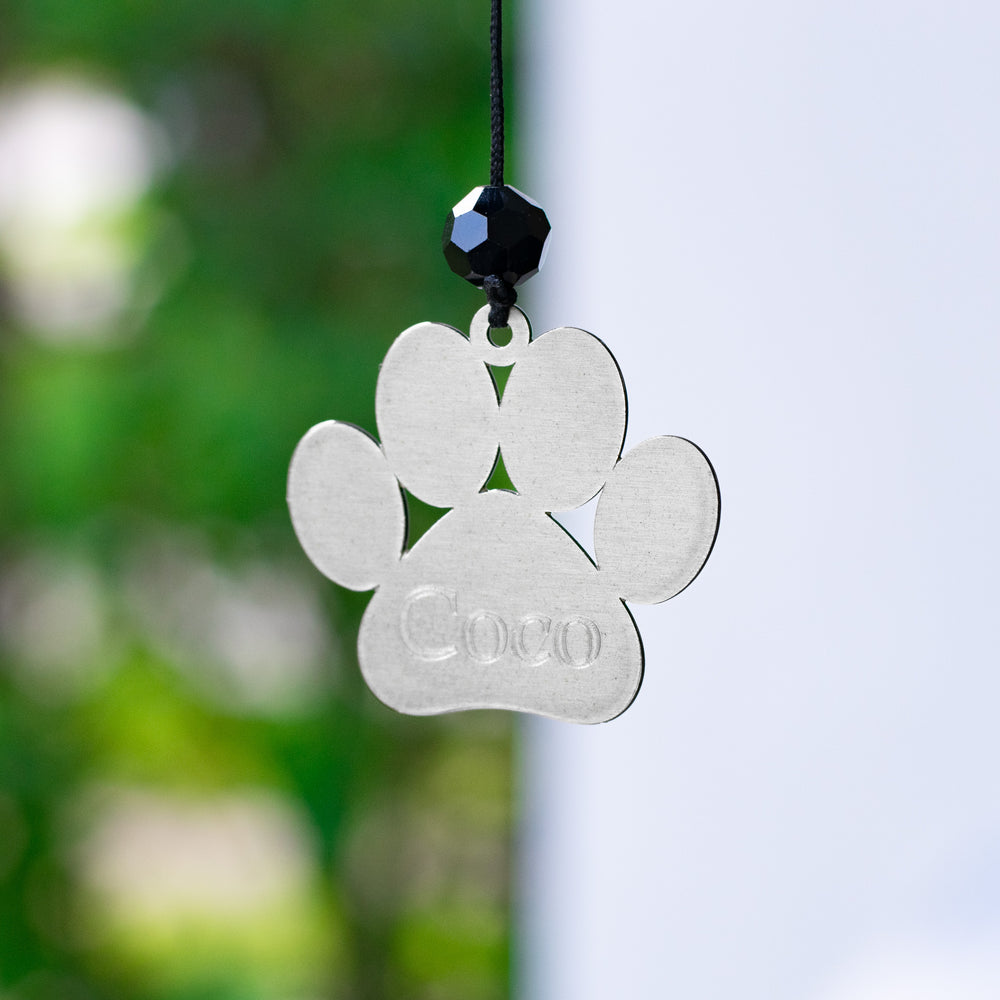
Helping Your Child Cope With the Loss of a Family Pet
Losing a family pet can be an extremely emotional and difficult experience for children, especially if it is the first time they are encountering grief. Every child’s grief journey is unique, and it’s important to be able to determine if they need additional support. This blog will include helpful tips to explain loss to children and support them as they go through these new emotions and look for ways to honor their lost pet.
Step 1 - Be Honest
If you have recently lost a pet, or have a pet that is very sick, you may be wondering, “What should you tell your child if your family pet dies?” You aren’t alone in looking for the best way to break the news to children. My first piece of advice is to tell the truth. Choosing to say, “Sadie went to live with a new family,” might make things easier in the short term, but later on your child might become upset to find out you weren’t honest. Kids are more resilient than we give them credit for and can handle hard things. They will inevitably walk through difficult seasons as they grow and we do them a disservice if we don’t teach them how to navigate hard situations. It’s helpful, though, to keep in mind the age of each child when explaining the death of a beloved dog and or cat or other animal. Young children (3-6 years old) take things very literally so be careful not to use the phrase “put to sleep” if your pet was euthanized since we all sleep. That could accidentally create a fear of sleep, something no parent wants to deal with so make sure to use proper terminology. School-aged children (7-12 years old) might be more mature and could handle additional details like how the pet died and the health issues involved. Follow your child’s cues and questions as to how much information they can handle. Teenagers (13+ years old) might have already walked through losing a pet or had a close friend lose a beloved animal and can pull from past experience with you supporting them.

Step 2 - Be Available
No matter what age your child is, be available to answer questions and know it’s okay to say “I don’t know.” If a child asks what happens to the pet after it dies, answer based on your own understanding of death and/or your faith. After a pet’s death, kids may worry another family pet may die as well. Reassure them as needed and answer any questions they have even if that answer is, “I’m not really sure.” We had a miniature Australian dog named Snickers who was the runt of the litter and therefore, always looked like a puppy - even at age 12! She unexpectedly died in May of 2020, when our son was six years old. At the time, he didn’t grieve or seem upset when we broke the news. But now, years later, he gets emotional when we bring her up. Even today as I explained what this blog was about, he teared up remembering Snickers. I needed to get back to writing, but I needed to comfort my son even more. So I set my laptop down and asked, “Do you need a hug?” and my sweet not-super-emotional 10-year-old nodded and crawled in for a hug. Remember, we as parents and caregivers don’t have to have all the answers, we just have to be there for these little humans in whatever way they need us. Sometimes acknowledging their pain is enough.

Step 3 - Be Open
Children may walk through the traditional stages of grief just like adults when they are dealing with pet loss trauma. It’s important to let children know these big emotions are normal and allowed. Kids may see us grieving and hold their grief inside, not wanting to make us sadder. Make sure they have space to grieve. Kids grieve on their own timeline and in their own unique ways, just like grownups. Be there to offer hugs, encouraging words and comfort as they navigate the loss whether days or months after. The saying is “It takes a village” to raise kids. Don’t be afraid to seek out support from family, friends or professionals depending on what your child needs. If you know a family who lost a beloved pet, arrange a playdate and have the other family’s kids share with your children what it was like. Sharing our stories helps not only the hearer, but the sharer too! Best-selling author Sissy Goff has spent 30 years counseling children and adolescents and co-hosts a fabulous podcast called “Raising Boys and Girls” that is my go-to as a parent. She shares tips for helping grieving kiddos in her podcast that is sure to offer additional insight. One of her tips is to occasionally ask your child on a scale of 1-10 how sad they are about the loss of their pet. The number should naturally go down over time. If not, reach out to a counselor for additional support.
Pet loss can affect kids in different ways at different times. Give them the time and space to grieve in their own ways. Losing our beloved Snickers was harder for my son as he got older and understood the loss in a deeper way than when it initially happened.

Step 4 - Be Thoughtful
Spend a few minutes considering how your child might want to honor their pet’s life. Creative outlets are a great way to release some emotions and share feelings. Young children could color a picture of their pet. School age children might enjoy drawing a comic strip that shares a favorite memory or what they’ll miss the most. Older children might want to write an “obituary” for their furry friend and read it during a pet memorial ceremony you arrange in your backyard. Your child could create a tribute or scrapbook for the pet as well. Little hands need to be moving and something as simple as a shadow box or a homemade scrapbook of pictures and mementos might be a way for your child to have tangible reminders of the pet.
Laurelbox offers a variety of pet memorial jewelry and other keepsakes like custom candles to honor the life of a pet. Pet memorial gardens are a special way to honor an animal too. You could plant flowers or a remembrance tree in the backyard at their favorite spot to sun or even set up a grave marker where you bury them so the children can easily visit the gravesite. A great way to honor a life is by sharing positive memories about the animal. For the first week after the loss, have each family member share a memory of the pet during dinner. Chances are laughter, and maybe a few tears, will fill the space.
PET MEMORIAL GIFTS
Conclusion
We hope this included helpful tips for explaining pet loss to children. By providing children with the necessary tools and support to navigate their emotions and understand the concept of death, we can help them process their grief and ultimately move forward with fond memories of their cherished animal friend. Remember to be honest, open, available and thoughtful as you lead them through their pet loss journey.
LANNA BRITT
Lanna Britt was a national news producer in Washington DC for nearly a decade covering politics, breaking news and current events. She now lives with her husband and three children in Richmond VA. She has two sweet babies she’ll meet again in heaven.































